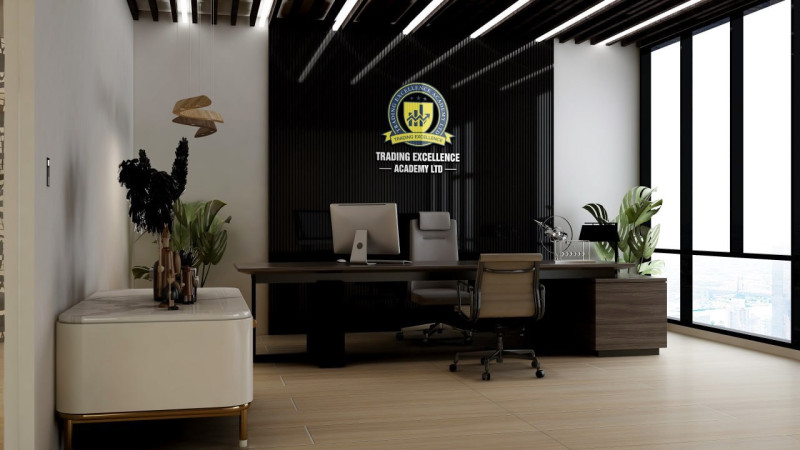What to know about viewing and recording the solar eclipse with your cellphone camera
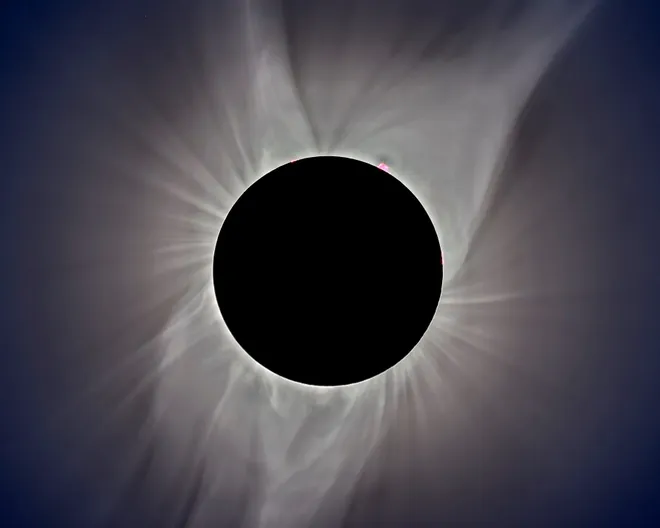
You won't want to miss next month's solar eclipse because there won't be one like it for another two decades.
The stunning phenomenon marks the first full eclipse in the U.S. since 2017. The total solar eclipse on April 8 will have a larger diameter than the last as the moon will be a couple thousand miles closer to Earth, according to NASA.
The astronomical event will be partially visible in all 48 contiguous states and will be the last total solar eclipse to occur until Aug. 23, 2044, according to NASA. Some parts of the country will even be able to experience full totality as the eclipse enters through Texas and eventually exits in Maine.
Whether you're observing the event partially or totally, you'll definitely want something to remember it by. Here is what to know about recording the eclipse safely with your cellphone and capturing the best photos.
How to get them:Warby Parker offering free solar eclipse glasses ahead of 'celestial spectacle'
How to photograph a solar eclipse with a phone
You'll need to have the right solar filter in front of your cellphone camera to protect both your device and eyesight, according to Carly Stocks, a Utah-based astronomical photographer who talked to USA TODAY on Friday.
The filter must be made specifically for solar viewing, Stocks said. She also emphasizes the need to place a filter that is larger than the lens itself and to keep it on at all times if you're in a location where the eclipse is only partially visible. She recommends purchasing a small 4'' x 4'' sheet of the Thousand Oaks solar filter.
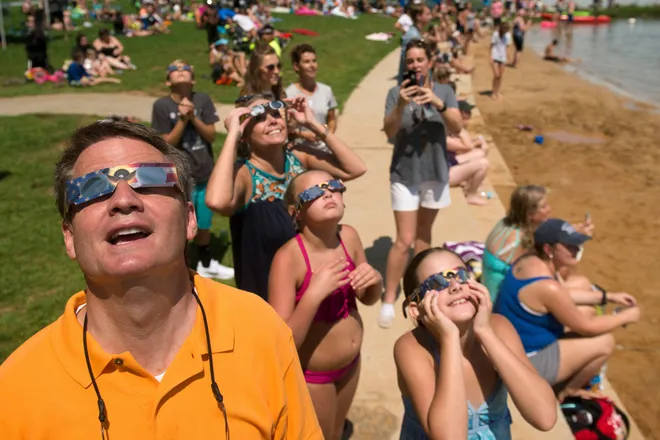
Do I need solar eclipse lens during totality?
If you're observing the sky in a location where the total eclipse is visible, you'll have a moment when you can take off the solar lens entirely and capture unfiltered images.
"During totality, you can remove all filters," Stocks told USA TODAY. "If you're looking with the solar glasses and you don't see anything, then it's safe to look at it during that time."
Stocks warned that totality only takes place for two to four minutes.
Can I watch the solar eclipse in selfie mode?
With a proper solar filter you can capture the sun with the front camera lens during the solar eclipse but it won't make the best selfie.
Stocks said the camera will have trouble focusing on both you and the sun but recommends taking a photo focusing on each and blending the two together with editing software.
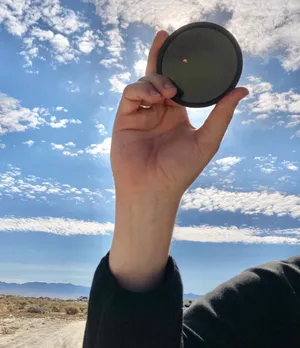
Can I use eclipse glasses as a solar lens?
NASA advises against using eclipse glasses or handheld viewers with cameras. Instead they recommend using a special solar protector and to seek service from an astronomy or other expert before doing so.
Where can you view the solar eclipse?
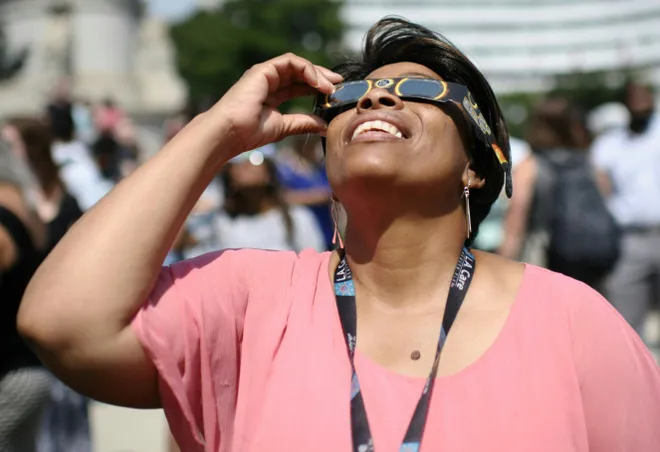
The total solar eclipse will cross North America, including Mexico and Canada. It will debut in the U.S. when passing through Texas around 1:27 p.m. CDT and eventually end in Maine at about 3:35 p.m. EDT.
Totality is expected to last around four minutes and 28 seconds, a record, along the eclipse path. Several major cities, including Dallas and Cleveland, will be in the direct line of darkness.
Here are the states where totality is expected to occur on April 8:
- Texas
- Oklahoma
- Arkansas
- Missouri
- Kentucky
- Indiana
- Ohio
- Pennsylvania
- New York
- Vermont
- New Hampshire
- Maine
- Small parts of Michigan and Tennessee
How to take a great solar eclipse photo?
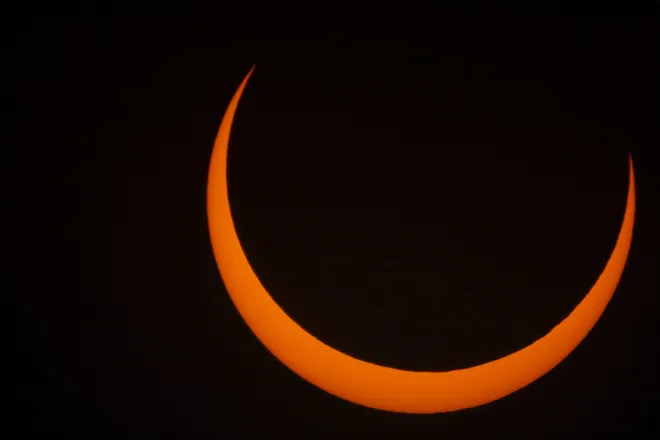
For those trying to capture the best eclipse content, Stocks has some tips. She recommends visiting a flat area where a 360-degree sunset is visible and taking a panoramic picture or video of the horizon.
She also recommends taking pictures of solar eclipse projections, such as a tree leaf, the ground or the people around you. However she recommends you're prepared for when the time comes because it'll be over fast. Using a tripod can also prevent the inevitable shakiness when the time comes.
"You think, 'Oh, I'm gonna be like, super prepared, but it is a big rush," she said. "So you want to have a plan and practice."
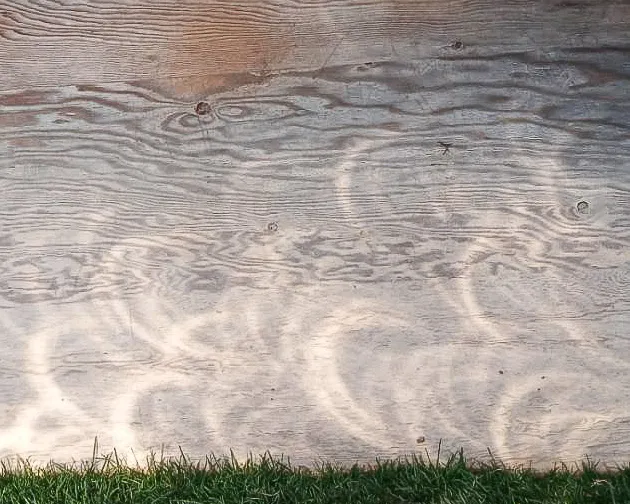
How to make a do-it-yourself eclipse viewing projector
Here's how to safely make an eclipse viewer and the best way to use it:
- Get a cardboard box, a white sheet of paper, tape, scissors and piece of aluminum foil.
- Punch a pinhole into the aluminium foil.
- Tape it over one side of the box.
- Tape the white sheet of paper to the inside of the other side of the box.
- Stand with the sun behind you.
- Light will stream through the pinhole and project a crescent sun onto the white sheet of paper in the box.
- Look into the box through another hole you cut into the box to see the projected image.
- Do not look at the sun through the pinhole.
Contributing: Janet Loehrke and Ramon Padilla
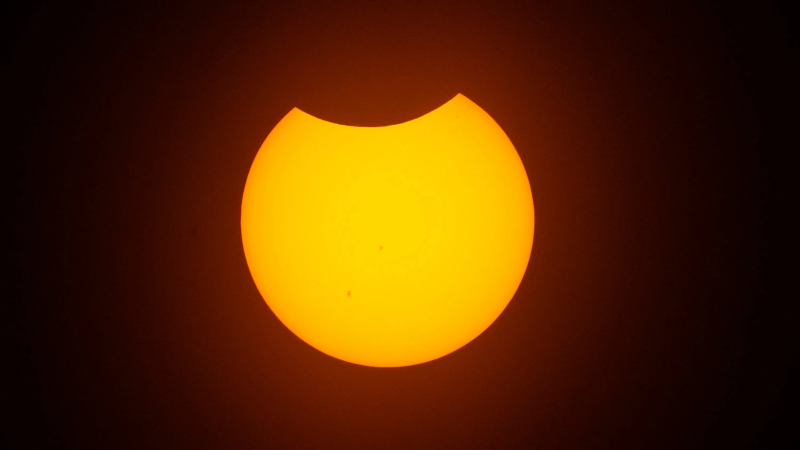
Disclaimer: The copyright of this article belongs to the original author. Reposting this article is solely for the purpose of information dissemination and does not constitute any investment advice. If there is any infringement, please contact us immediately. We will make corrections or deletions as necessary. Thank you.






